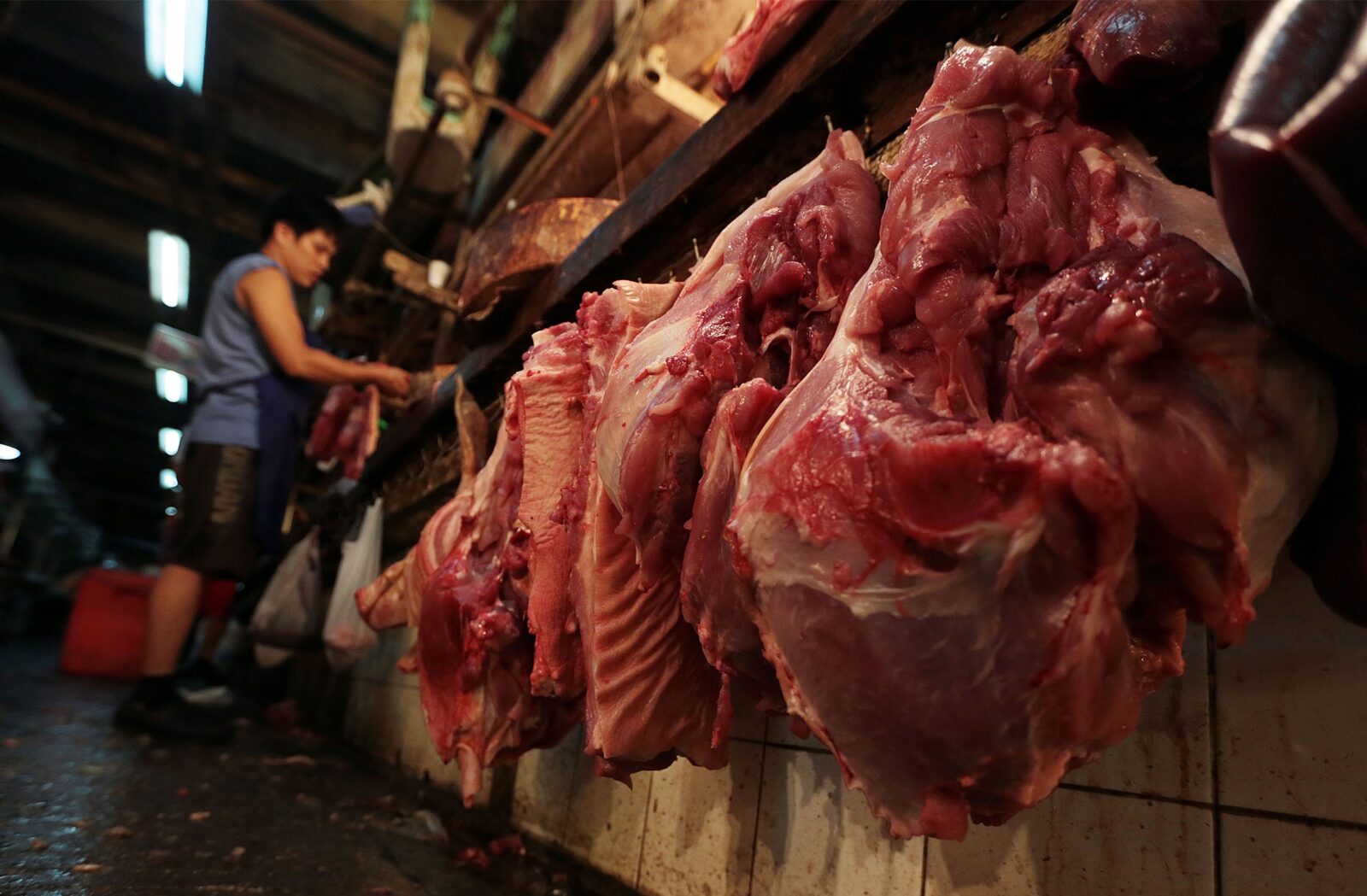PH importing more meat

The volume of meat products imported by the Philippines last year surpassed the 2023 volume, fueled by the retention of low tariffs and the continued presence of African swine fever (ASF) in the Philippines.
Data from the Bureau of Animal Industry (BAI) showed that meat imports reached 1.33 billion kilograms as of November last year, exceeding the annual volume of 1.2 billion kg recorded in 2023.
In November alone, meat imports stood at 141.34 million kg, up 46.8 percent from the past year but lower than the October total of 150.84 million kg.
Around half of meat arrivals were pork with 671.56 million kg, primarily pork cuts and offals, an increase of 21.98 percent from the past year.
The shipment of imported chicken rose by 10.73 percent to 435.5 million kg, accounting for 32.69 percent. Traders purchased mostly mechanically separated chicken, a raw material used in manufacturing hotdogs, patties and sausages.
Beef imports likewise rose by 39.67 percent to 187.71 million kg. Beef cuts comprised more than half of imported beef purchases.
Imported buffalo hit 35.22 million kg, down 1.24 percent. Forequarters were the most purchased variety of buffalo.
Turkey imports breached the million mark, ending at 1.27 million kg. Importers also bought lamb (613,447 kg) and duck (208,793 kg) during the reference period.
Brazil retained its standing as the country’s leading source of imported meat as it exported 482.46 million kg, equivalent to a share of 36.21 percent.
The United States came second with 204.2 million kg or a share of 15.33 percent while Spain settled at third with 160.22 million kg (12.03 percent).
The Food and Agriculture Organization (FAO) of the United Nations estimated that meat imports had hit 1.17 million metric tons (MT) last year, higher than its 2023 estimate of 1.05 million MT.
In the Philippines, continued challenges related to animal diseases are expected to constrain supply, the FAO’s Meat Market Review said.





















